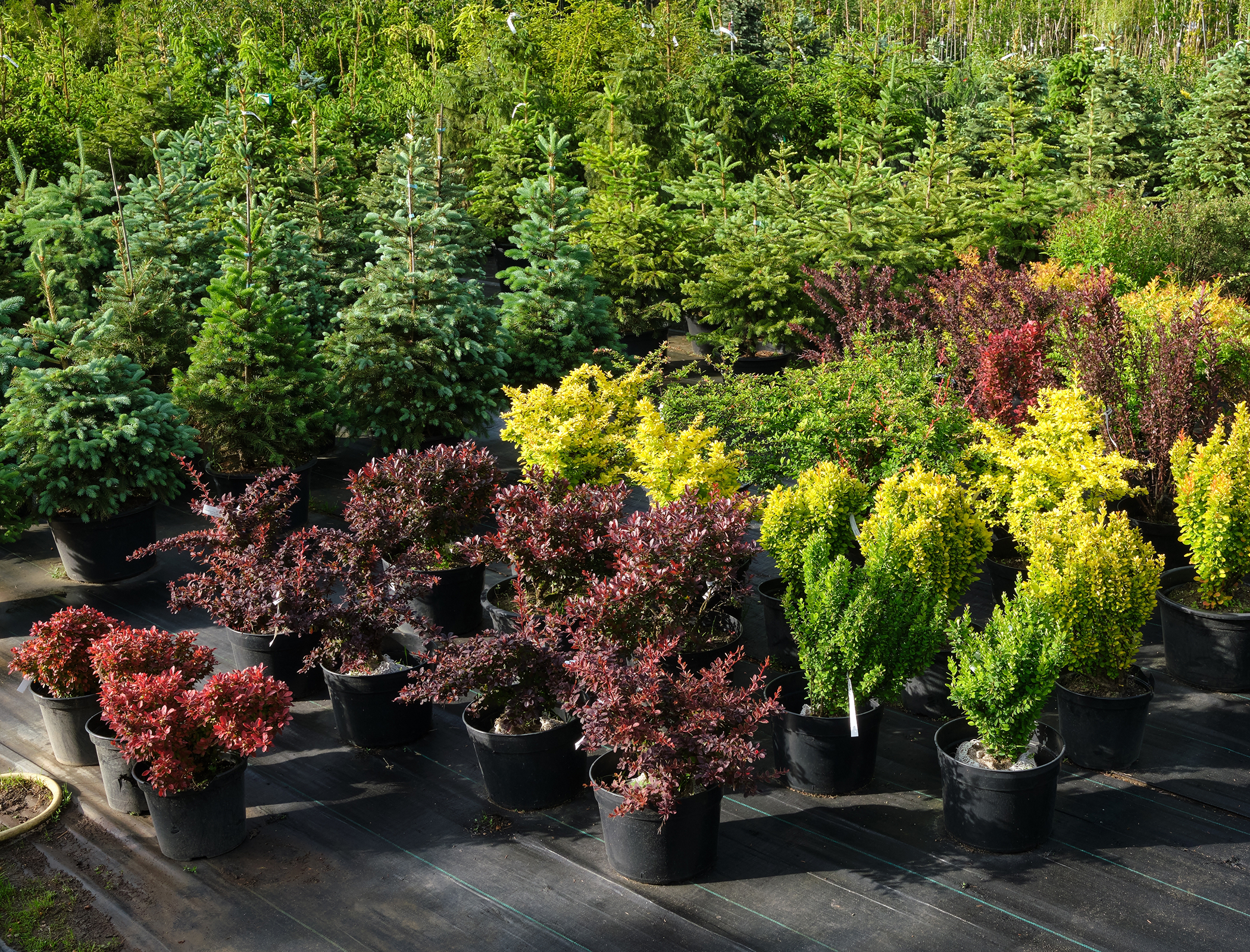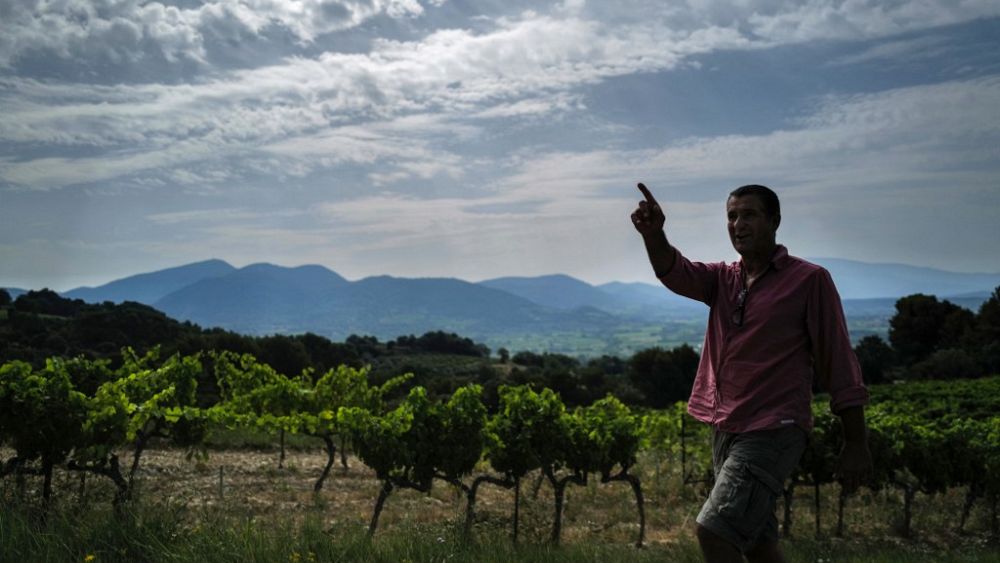US efforts to combat local weather change with a programme of mass tree planting are in danger from an absence of inventory and species range, researchers have mentioned.
The REPLANT Act, which was launched in July 2020, offers cash for the US Forest Service to plant greater than a billion bushes within the subsequent 9 years.
The World Financial Discussion board additionally goals to assist plant a trillion bushes world wide by 2030 in an effort to absorb among the extra carbon dioxide within the Earth’s ambiance.
However a College of Vermont (UVM) research has discovered that US tree nurseries don’t develop practically sufficient bushes or have the species range wanted to satisfy the bold plans.
“Bushes are this wonderful pure answer to plenty of our challenges, together with local weather change. We urgently have to plant many tens of millions of them,” mentioned UVM scientist Tony D’Amato, who co-led the brand new analysis. “However what this paper factors out is that we’re woefully underserved by any type of regional or nationwide scale stock of seedlings to get the job accomplished.”
The crew studied 605 plant nurseries throughout 20 northern states. Solely 56 of those develop and promote seedlings within the volumes wanted for conservation and reforestation, and solely 14 of them had been discovered to be government-operated.
In addition they found an “overwhelming shortage of seedlings” from totally different species and “seed assortment zones”, that are bushes tailored to native circumstances and local weather.
Forest nurseries tended to take care of a restricted stock of a choose few species, electing to prioritise these valued for business timber manufacturing over species required for conservation, ecological restoration or local weather adaptation.
Many areas had no regionally tailored tree inventory out there and, throughout the seedlings out there, there weren’t sufficient forms of bushes and “future-climate-suitable” genetics to satisfy objectives for conservation and forest restoration in a sizzling future.
“The world is considering a warming local weather – can we plant in direction of that warming local weather? We all know we’re shedding ecologically necessary species throughout North America and world wide. So, the objective is: can we restore these bushes or change them with comparable species? It’s a robust thought,” mentioned UVM’s Peter Clark, lead writer of the research.
“However regardless of the joy and novelty of that concept in lots of coverage and philanthropy circles, when push involves shove, it’s very difficult on the bottom to truly discover both the species or the seed sources wanted.”
Purple spruce, for instance, is an ecologically necessary species that lies alongside a whole lot of miles of jap North America. It has been below stress from local weather change, pests and land clearing for many years.
Of their survey, the crew solely discovered two tree nurseries that had stock of crimson spruce – a species from which many tens of millions of seedlings are wanted to satisfy restoration objectives.
The crew argues that dramatic will increase in each seedling manufacturing and variety at many regional nurseries might be central to any profitable marketing campaign to handle local weather change with tree planting.
The research requires expanded federal and state funding to spice up each public tree nurseries and seed assortment efforts, which may enhance manufacturing from non-public nurseries as soon as a steady demand is safe.
In 2023, the federal authorities made an funding of $35m (£27m) in increasing federal nursery capability.
“Nevertheless, given the prevailing (and rising) reforestation backlog, declines in nursery infrastructure and sophisticated wants for numerous seeds and seedlings, it’s seemingly that considerably extra public funding within the type of grants, loans and cost-share packages might be wanted to reinvigorate, diversify and increase forest nurseries,” the research states.


